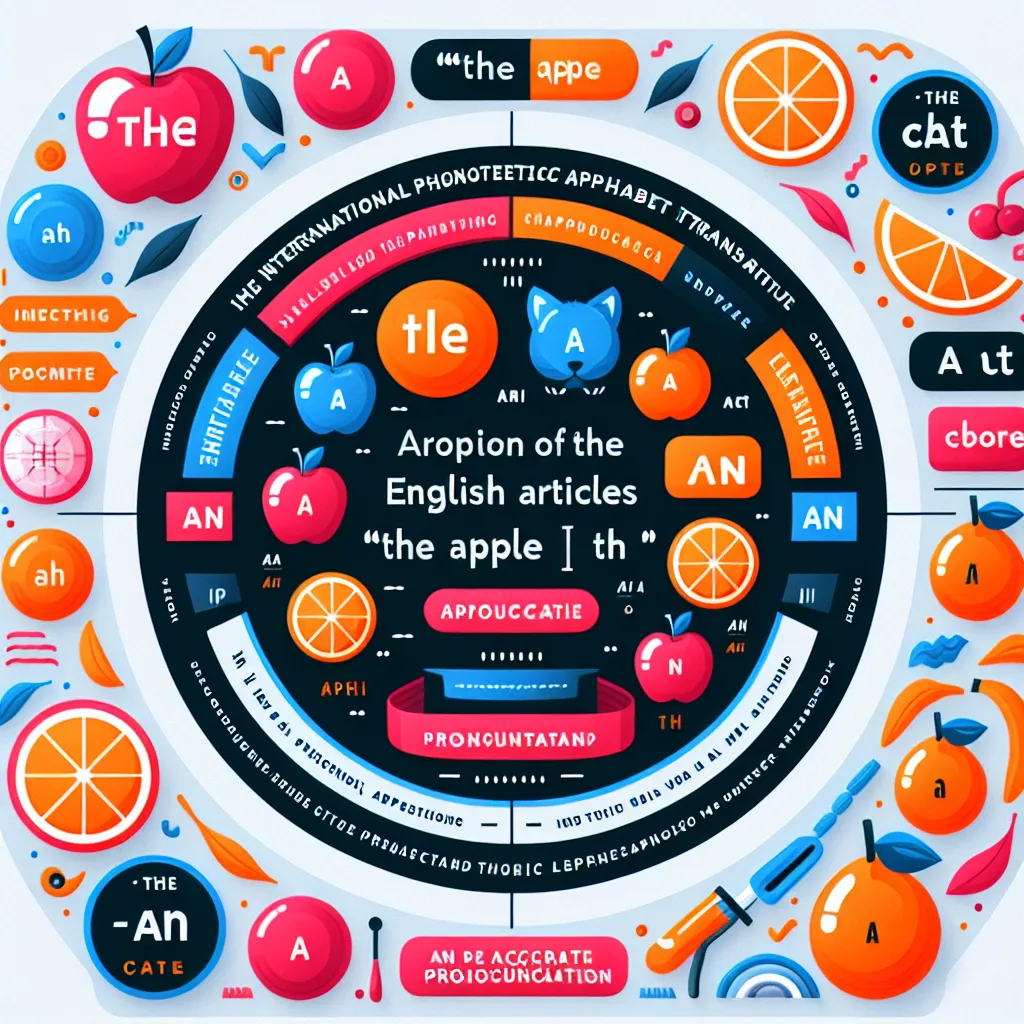Are you looking to improve your English pronunciation skills in a fun and engaging way? Interactive lessons are an excellent method to enhance your spoken English and boost your confidence. In this comprehensive guide, we’ll explore effective strategies for practicing pronunciation using interactive lessons, helping you sound more natural and fluent in your English conversations.
Understanding the Importance of Interactive Pronunciation Lessons
Interactive pronunciation lessons offer a dynamic and engaging approach to improving your spoken English. Unlike traditional methods, these lessons provide immediate feedback, personalized practice, and a more immersive learning experience. By actively participating in these lessons, you can quickly identify and correct pronunciation errors, leading to faster improvement and increased confidence in your speaking abilities.
 Interactive pronunciation lesson
Interactive pronunciation lesson
Key Benefits of Interactive Pronunciation Lessons
- Real-time feedback: Many interactive lessons use speech recognition technology to provide instant feedback on your pronunciation.
- Visual aids: These lessons often include visual representations of mouth positions and sound waves, helping you understand the physical aspects of pronunciation.
- Gamification: Many interactive lessons incorporate game-like elements, making the learning process more enjoyable and motivating.
- Personalized learning: Adaptive technology can tailor lessons to your specific needs and progress.
- Convenience: You can practice anytime, anywhere, using your computer or mobile device.
Effective Strategies for Practicing Pronunciation with Interactive Lessons
To make the most of your interactive pronunciation lessons, consider the following strategies:
1. Focus on Specific Sounds
Start by identifying the sounds that are most challenging for you. Many interactive lessons allow you to focus on particular phonemes or sound combinations. For example, if you struggle with the “th” sound, look for lessons that specifically target this area.
2. Use Mirror Practice
While using interactive lessons, incorporate mirror practice to observe your mouth movements. This visual feedback can help you adjust your articulation and match the correct mouth positions demonstrated in the lesson.
3. Record and Compare
Many interactive lessons include a recording feature. Take advantage of this by recording your pronunciation and comparing it to the native speaker model. This self-assessment can help you identify areas for improvement.
4. Engage in Shadowing Exercises
Shadowing involves repeating after a native speaker in real-time. Look for interactive lessons that offer this feature, as it can greatly improve your pronunciation and intonation.
5. Practice Regularly
Consistency is key when it comes to improving pronunciation. Aim to practice with interactive lessons for at least 15-20 minutes daily.
Common Pronunciation Mistakes and How to Avoid Them
Interactive lessons can help you identify and correct common pronunciation errors. Here are some frequent mistakes and tips to avoid them:
- Mispronouncing “th” sounds: Practice placing your tongue between your teeth for both voiced (/ð/) and unvoiced (/θ/) “th” sounds.
- Confusing short and long vowel sounds: Pay attention to the duration of vowels in words like “ship” vs. “sheep.”
- Incorrect word stress: Use interactive lessons that highlight word stress patterns to improve your accuracy.
- Ignoring final consonants: Make sure to fully pronounce word endings, especially in past tense verbs like “walked” or “jumped.”
- Misusing intonation: Practice rising and falling intonation patterns in questions and statements.
The Phonemic Chart and Commonly Mispronounced Words
Understanding the phonemic chart is crucial for mastering English pronunciation. Interactive lessons often incorporate this tool to help you visualize and practice individual sounds.
Here are 10 commonly mispronounced words related to interactive learning, along with their correct pronunciations:
- Interactive: /ˌɪntərˈæktɪv/
- Pronunciation: /prəˌnʌnsiˈeɪʃən/
- Tutorial: /tuːˈtɔːriəl/
- Algorithm: /ˈælɡərɪðəm/
- Application: /ˌæplɪˈkeɪʃən/
- Technology: /tekˈnɒlədʒi/
- Feedback: /ˈfiːdbæk/
- Software: /ˈsɒftweər/
- Interface: /ˈɪntəfeɪs/
- Virtual: /ˈvɜːrtʃuəl/
Practice these words using your interactive lessons to improve your pronunciation of technology-related vocabulary.
 English phonemic chart
English phonemic chart
Conclusion
Interactive pronunciation lessons offer a powerful and engaging way to improve your English speaking skills. By focusing on specific sounds, using visual aids, and practicing regularly, you can make significant progress in your pronunciation. Remember to take advantage of features like recording and comparison, and don’t be afraid to make mistakes – they’re an essential part of the learning process.
To further enhance your pronunciation skills, consider exploring other resources such as pronunciation practice apps or seeking feedback from native speakers. With dedication and the right tools, you’ll be well on your way to speaking English with clarity and confidence.
We’d love to hear about your experiences with interactive pronunciation lessons. Share your favorite tools or tips in the comments below!




